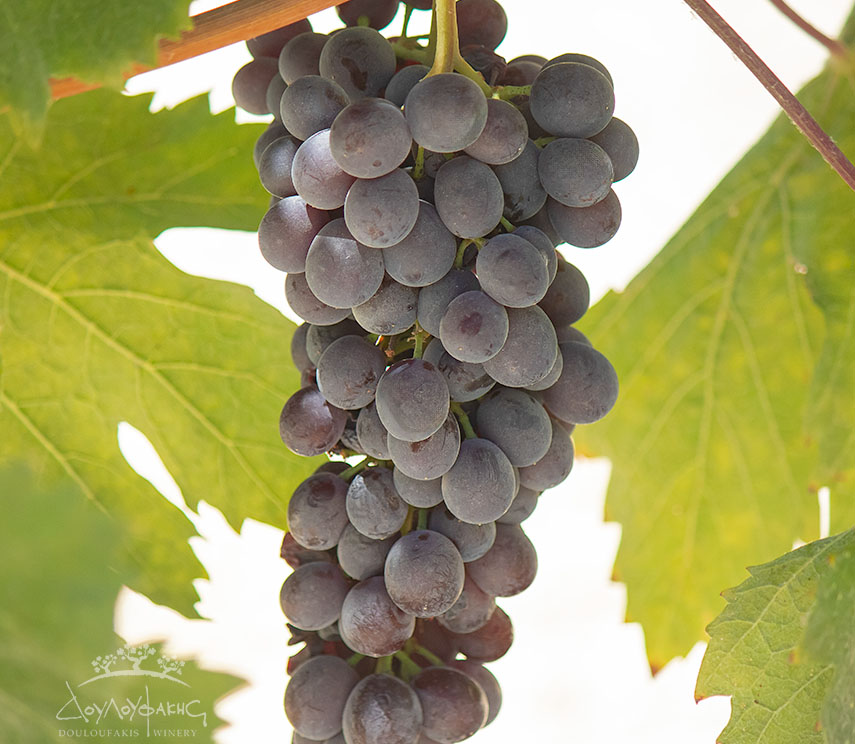Crete, the largest of the Greek islands, is a land of myth and history, beauty and culture. Among its many treasures is a rich winemaking tradition that dates back over 4,000 years. For wine lovers, exploring Cretan vineyards is a journey through time, taste, and terroir. The island’s unique climate and varied landscapes contribute to the production of exceptional wines that reflect the essence of Crete. This guide delves into the island’s terroir, notable grape varieties, and must-visit wineries, offering a comprehensive overview for oenophiles seeking to discover Crete’s vinous delights.
The Terroir of Crete
Terroir, the concept that the geography, geology, and climate of a region influence the characteristics of its wine, is especially relevant in Crete. The island’s diverse terrain, with its mountains, valleys, and coastal plains, creates a range of microclimates that are ideal for viticulture.
Climate: Crete enjoys a Mediterranean climate with hot, dry summers and mild, wet winters. The island’s abundant sunshine ensures that grapes ripen fully, developing rich flavors and high sugar content. The cooling sea breezes and altitude variations help to balance this ripeness with acidity, contributing to the freshness and complexity of Cretan wines.
Soil: The island’s soils are equally diverse, ranging from sandy and clayey loams to limestone and volcanic soils. These different soil types impart distinct mineral characteristics to the wines. For example, limestone soils contribute to the crispness and minerality of white wines, while volcanic soils enhance the depth and intensity of reds.
Notable Cretan Grape Varieties
Crete’s vineyards are home to a variety of indigenous grape varieties that produce distinctive wines. Here are some of the key grapes to look out for:
Vidiano: Often referred to as the “white queen of Crete,” Vidiano is a versatile white grape that produces aromatic wines with notes of apricot, peach, and herbs. It is known for its balanced acidity and rich texture.
Vilana: Another important white grape, Vilana produces light, crisp wines with floral and citrus aromas. It is often used in blends to add freshness and elegance.
Liatiko: This ancient red grape variety is known for its complex and aromatic wines. Liatiko wines typically have flavors of dried fruits, spices, and herbs, with a smooth and velvety texture. They are often aged in oak to enhance their complexity.
Kotsifali: Often blended with Mandilari, Kotsifali is a red grape that yields wines with rich fruit flavors, moderate tannins, and spicy notes. It is prized for its ability to produce balanced and harmonious wines.
Mandilari: Known for its deep color and robust structure, Mandilari produces bold red wines with flavors of dark berries, plum, and pepper. It is often used in blends to add body and intensity.
Must-Visit Wineries
Exploring Crete’s vineyards is best done by visiting some of the island’s renowned wineries. Here are a few that offer exceptional wines and memorable experiences:
Douloufakis Winery: Located in the village of Dafnes, near Heraklion, Douloufakis Winery is known for its high-quality wines made from indigenous and international grape varieties. The winery offers tours and tastings, allowing visitors to sample wines like Vidiano, Liatiko, and Assyrtiko while learning about the winemaking process.
Lyrarakis Winery: Situated in Alagni, near Heraklion, Lyrarakis Winery is a family-owned estate that has been producing wines since 1966. The winery is committed to reviving rare Cretan grape varieties and offers a range of unique wines. Visitors can enjoy guided tours, tastings, and a stroll through the picturesque vineyards.
Manousakis Winery: Located in the village of Vatolakkos, near Chania, Manousakis Winery is renowned for its organic wines. The winery produces a variety of reds, whites, and rosés, including blends of Syrah, Grenache, and Mourvèdre. The scenic estate offers tours, tastings, and dining experiences featuring local cuisine.
Boutari Winery: With a history dating back to 1879, Boutari is one of Greece’s most prestigious wineries. The Crete location, near Skalani, focuses on producing wines from indigenous grape varieties. The winery offers comprehensive tours and tastings, showcasing their commitment to quality and innovation.
Wine Tasting Tips
To fully appreciate the wines of Crete, keep the following tips in mind:
- Take Your Time: Savor each wine slowly to fully appreciate its aromas, flavors, and textures. Pay attention to the unique characteristics imparted by the island’s terroir.
- Ask Questions: Engage with the winemakers and staff. They can provide valuable insights into the wines, grape varieties, and winemaking techniques.
- Pair with Local Cuisine: Cretan wines are best enjoyed with the island’s delicious cuisine. Try pairing Vidiano with seafood, Liatiko with lamb, and Vilana with fresh salads and vegetables.
- Explore Different Styles: Don’t limit yourself to one type of wine. Crete offers a diverse range of styles, from crisp whites and robust reds to sweet dessert wines.
Conclusion
Crete’s vineyards offer a captivating journey for wine lovers, blending the island’s rich history with its vibrant winemaking tradition. The unique terroir, indigenous grape varieties, and passionate winemakers come together to create wines that are both distinctive and memorable. Whether you are exploring the island’s renowned wineries, tasting wines at a local taverna, or enjoying a bottle at home, the wines of Crete provide a true taste of this enchanting island. Embark on a vinous adventure in Crete and discover the magic of its vineyards, where every glass tells a story of tradition, innovation, and the enduring beauty of the land.


